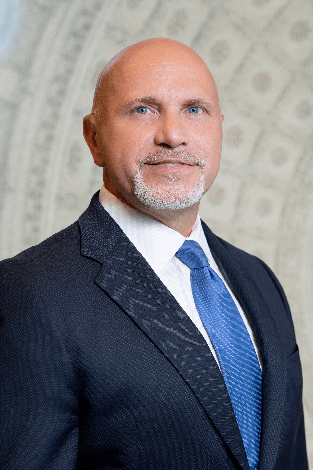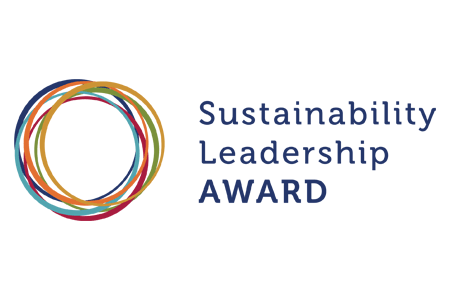It’s no secret that technology has advanced by leaps and bounds over the past 150 years. Our modern world would be hard to imagine in 1872. When we think of our modern communications systems, transportation vehicles, medical technology breakthroughs and advancements in sustainability and circularity, it’s easy to picture many of the end-use products and devices, but much more difficult to appreciate the miracles of chemistry that enabled their development.
But that’s the job chemistry has been playing for the past 150 years across the globe – playing a critical, behind the scenes role in the ability to make innovative products that support our world. For instance, just look at all of the chemistry used to produce an automobile today.
Indeed, 150 years ago the periodic table of elements had just been arranged. Modern chemistry was just in its infancy, yet it was already greatly contributing to the innovations of the era. Just think of some examples that touch our lives everyday:
Water — Technologies made possible by chemistry enable water conservation, sanitation, reuse and the transformation of contaminated water into clean, safe drinking water for people around the world. For example, disinfected water using chlorine reached homes for the first time ever in 1908, and the U.S. Centers for Disease Control and Prevention (CDC) calls drinking water chlorination one of the “Greatest Public Health Achievements of the 20th Century.”
Food — Chemistry has played a vital role in expanding food production, nutrition, safety and accessibility. Almost 150 years ago, chemistries such as dimethyl ether and ammonia were contributing to the development of our first food cooling systems and to fertilizers that enabled increased food production. These systems would be critical to our ability to stave off hunger, expand food production to meet the world’s growing population and preserve food for later use. To this day, agriculture continues to greatly benefit from chemistry, which enables pesticides and herbicides that help lead to greater crop yields.
Energy — Modern innovations in energy production and use have been enabled by chemistry as well. In fact, both renewable energy and energy-efficient technologies would not be possible without chemistry. Chemistry is essential to many of the renewable energy designs, from solar panels to wind turbines to hydrogen, that are helping to protect life as we know it. For instance:
- Wind power turbine blades are made using plastics and chemical additives, helping deliver renewable energy to our nation’s electricity grid.
- Rigid or spray foam plastic insulation can help achieve up to 50 percent energy savings. Spray foam and sealants block energy-wasting air-loss, saving on heating and cooling energy costs.
- Plastic house wrap and sealants can reduce the infiltration of outside air into the average home by as much as 50 percent, reducing energy needs.
- Chemistry also enables compact fluorescent bulbs to “fluoresce” and to be capable of using 70 percent less energy than incandescent bulbs; LED lighting could cut global electricity demand for lighting by 30 percent.
These technologies are leaps and bounds more advanced than the first dry cell batteries that were developed in the late 1800s using ammonium chloride, zinc chloride and manganese dioxide.
Medical Technology and Public Health — Just over 150 years ago, the first chemistry (carbolic acid) was used as an antiseptic and in 1928 the development of penicillin, the first antibiotic that allowed us to cure infections, changed the world. Today, chemistries greatly contribute to our modern medical system and overall public health: all medicines, vaccines, antimicrobials and numerous medical products are examples of chemistry in action. While chemistries like ethylene oxide continue to play a vital role in medical sterilization, multiple other chemistries like polyvinyl chloride, polyurethane and polycarbonate enable critical medical applications such as prosthetics, intravenous bags, medical tubing, syringes, surgical instruments, clear IV components, kidney dialysis filters, synthetic gloves, sutures, bandages, splints, therapy whirlpools, and hundreds of other modern miracles of health care. In fact, during the COVID-19 pandemic, the chemical industry was deemed “essential” as our nation rushed to respond and our members went to work enabling COVID vaccine development and producing products used in everything from face masks to testing kits to vaccine delivery.
Over the past 150 years, our world has advanced technologically in almost every front. These advancements were made possible with chemistry. Thanks to chemistry, groundbreaking products are improving the world all around us by making it healthier, safer, more sustainable, and more productive. As we look at the challenges and opportunities that face our world today, our members are excited to continue to drive products and innovations that will enable us to succeed over the next 150 years.





